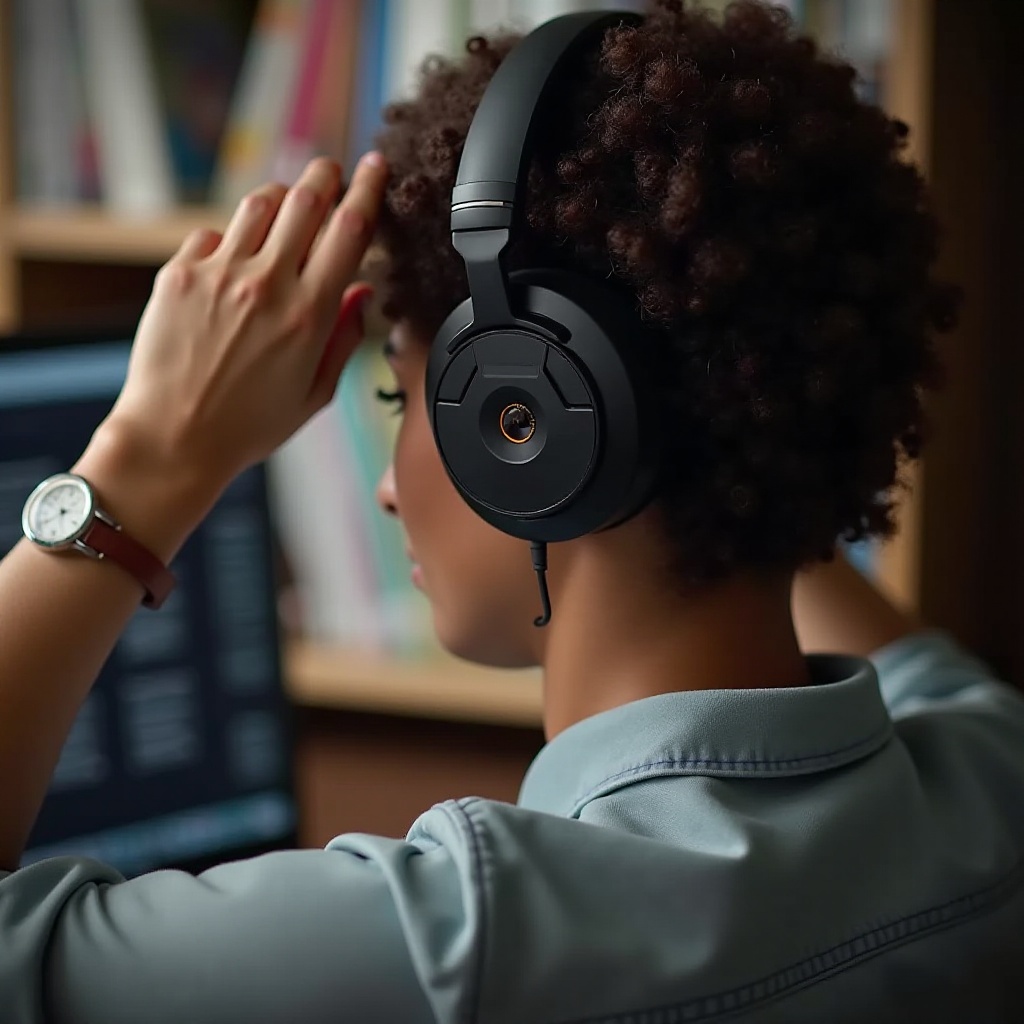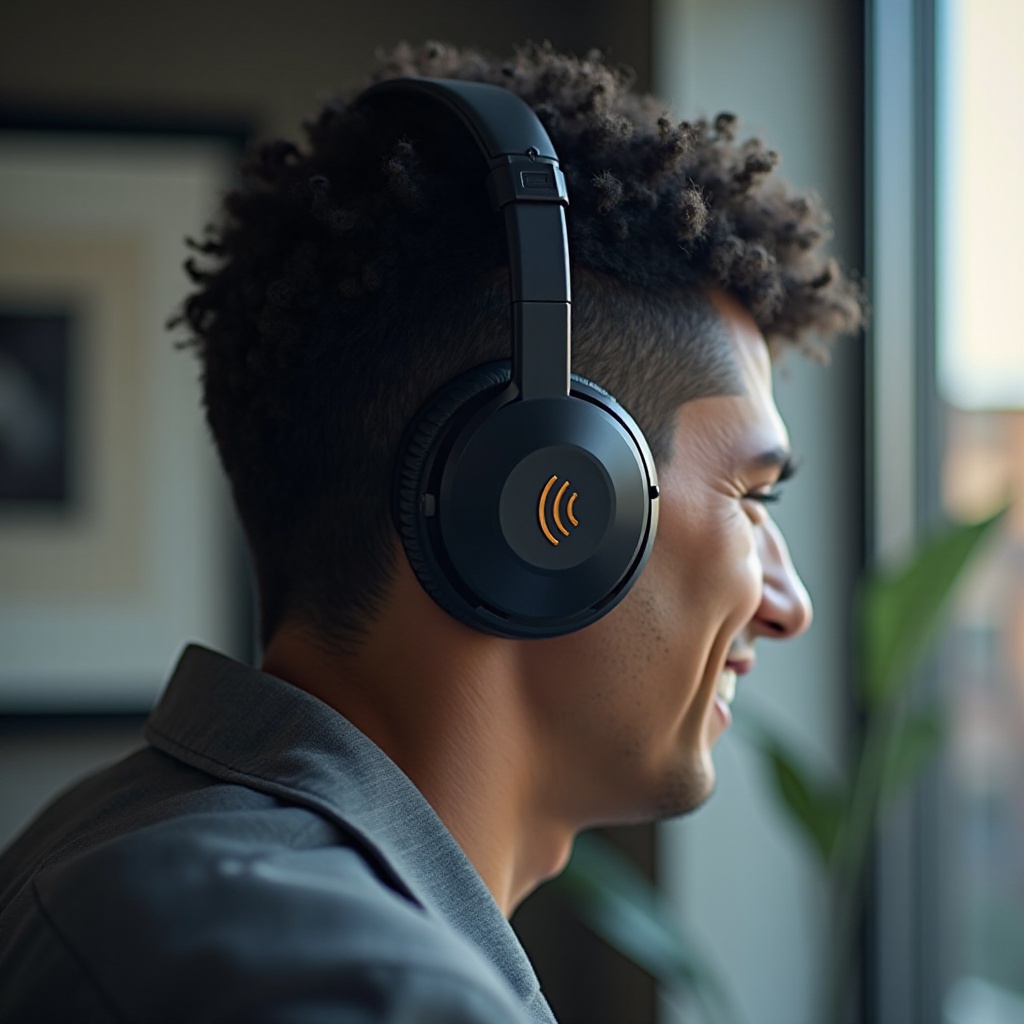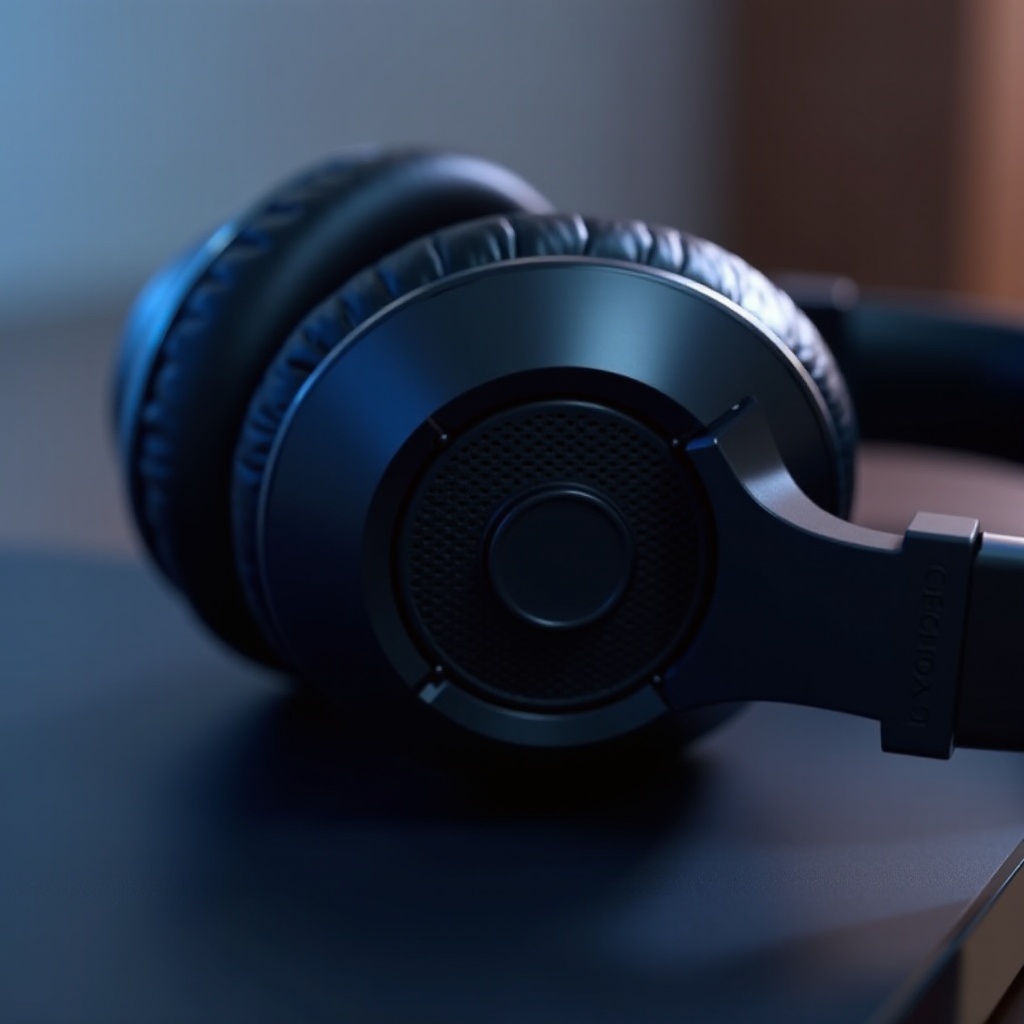Introduction
Headphone sound leakage is a common issue affecting both audio quality and social courtesy. When audio escapes from your headphones, it becomes audible to others around you, which can be disruptive in quiet settings. This leakage not only affects those nearby but also detracts from your listening experience as sound escapes, resulting in lower audio fidelity. Grasping the intricacies of sound leakage can enhance your enjoyment of music while fostering considerate listening practices in shared environments.

What is Headphone Sound Leakage?
Sound leakage, sometimes called ‘sound bleed’, occurs when sound from your headphones extends beyond the intended listening area. Ideally, headphone audio should be contained within your ears. However, various factors can cause sound to escape, making it audible to others.
The extent of sound leakage depends on the physical properties of the headphone design, including how they manage and disperse sound waves. Different headphone types, volume settings, and even external environmental factors play a crucial role. A clear grasp of these fundamentals allows users to better navigate the causes of sound leakage, aiding them in making informed choices.

Causes of Sound Leakage in Headphones
Several elements contribute to sound leakage in headphones, with design being a primary factor. Here are some aspects to consider:
1. Open-Back vs. Closed-Back Design: Open-back headphones facilitate airflow through the ear cups to the speakers, leading to a more natural sound experience but increased sound leakage. Conversely, closed-back designs aim to contain sound, minimizing leakage with a sealed backing.
2. Volume Levels: Higher volumes can significantly increase sound leakage. Louder music results in more potent sound waves, which are more likely to escape into the environment.
3. Material and Cushion Quality: The materials and construction of ear pads greatly influence how well sound is isolated. Quality materials that create a tight seal over the ear help reduce leakage.
Recognizing these factors is essential for making knowledgeable decisions when selecting headphones that suppress sound leakage. The next crucial step is understanding how different types of headphones handle sound containment.

Types of Headphones and Their Sound Leakage Levels
Headphone design directly affects sound leakage, and different models offer various levels of containment:
– Open-Back Headphones: These are designed for an open audio experience, releasing more ambient sound. They are less effective at containing sound compared to other models.
– Closed-Back Headphones: Known for their sound isolation, closed-back models are robust in minimizing leakage, making them suitable for environments where privacy and reduced disturbance are priorities.
– In-Ear Headphones (Earbuds): Providing a snug fit within the ear canal, they offer superior isolation, effectively curbing sound leakage.
– On-Ear Headphones: Sitting on the outer ear, these can allow more sound to escape compared to in-ear or over-ear models.
Understanding these variations helps in selecting a model that offers the best balance between sound quality and leakage control. Mitigating leakage is further supported by practical strategies tailored to listening habits.
Tips to Reduce Sound Leakage
To achieve better control over sound leakage, consider these strategies:
1. Choosing the Right Headphones: For better isolation, prioritize closed-back or in-ear models. Look for designs that provide a snug, comfortable fit to ensure minimal leakage.
2. Adjusting Fit and Seal: Optimize the fit by adjusting the ear pads and headband to enhance the seal. A tight fit not only reduces leakage but also improves sound quality.
3. Volume Control Tips: Keep the volume at a moderate level. This approach not only protects your hearing but also significantly decreases the likelihood of sound escaping.
By applying these measures, you can enjoy your audio experience to the fullest, with minimized leakage and enhanced quality, benefitting both yourself and those around you.
Social Etiquette and Sound Leakage
Sound leakage can influence how others perceive our audio habits. Nobody appreciates overhearing loud music in shared spaces. Being mindful of volume and using headphones with better isolation can prevent unnecessary disturbances. Responsible listening reflects respect for shared environments and enhances the overall listening experience without infringing on others’ space.
Conclusion
Addressing headphone sound leakage effectively balances improved audio privacy with quality. Understanding what causes leakage, selecting the right headphones, and adopting good habits all contribute to a more enjoyable listening experience while respecting others nearby. By integrating these insights into your routine, you ensure that your music remains a personal pleasure, unobtrusive to those around you.
Frequently Asked Questions
Why do my headphones leak sound even at low volume?
Sound leakage at low volume can result from headphone design or a poor fit. Improving fit and selecting closed-back models can help minimize leakage.
Are there any headphones completely free of sound leakage?
While no headphones can completely eliminate leakage, closed-back and noise-canceling models significantly reduce it.
How can I test my headphones for sound leakage before buying?
To test sound leakage, listen in a quiet room at your usual volume and have someone nearby check for escaping sound.
